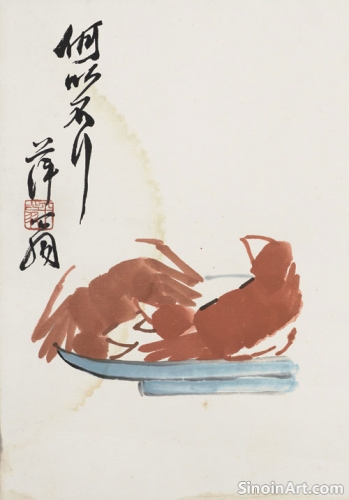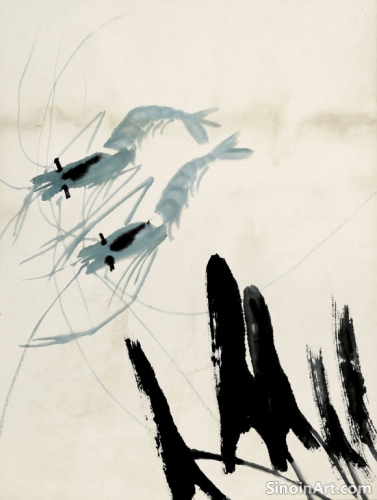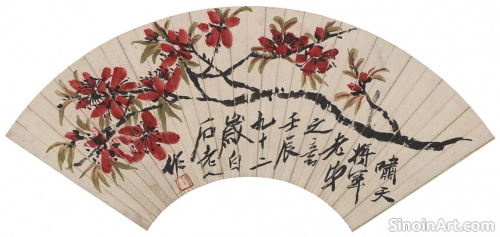Early Development of Xieyi: Song and Yuan Dynasties
|
The roots of Xieyi painting can be traced back to the Song Dynasty (960-1279), when scholar-officials began to develop a distinctive style of painting that reflected their unique values and aesthetics. The emphasis shifted from courtly patronage to individual expression, setting the stage for the emergence of Xieyi.  During the Song period, artists such as Su Shi (苏轼) and Wen Tong (文同) began to experiment with ink wash techniques and brushwork that emphasized spontaneity and personal feeling. Their works captured the essence of nature through expressive, often minimalist, brushstrokes.  The Yuan Dynasty (1271-1368) saw further development of the Xieyi style. Many Chinese artists, who were then excluded from government positions, devoted themselves to painting. This led to the flourishing of literati painting, as well as further experimentation with expressive forms of ink and brushwork.  Artists like Zhao Mengfu (赵孟頫) and Ni Zan (倪瓒) further refined the style, incorporating calligraphic principles into their painting and focusing on the inner spirit of the subject. Their works showcase the importance of simplicity and emotional resonance. The Song and Yuan Dynasties were crucial periods for laying the foundation for Xieyi painting, establishing its defining characteristics and setting the stage for later developments. The literati's focus on individual expression and inner insight created a unique art form that resonated throughout history. |
Tag : Xieyi Painting Development, Song Dynasty Xieyi, Yuan Dynasty Literati Painting, Early Chinese Ink Wash, Brushwork in Song and Yuan Art
Related information
- The Legacy of Xieyi: From Tradition to Innovation
- Xieyi Painting and the Concept of "Intention Before the Brush"
- Xieyi and the Influence of Poetry
- The Importance of Practice in Xieyi
- Contemporary Xieyi Artists to Explore
This article traces the legacy of Xieyi painting from its origins in the Song Dynasty to its continuous evolution through subsequent dynasties, exploring its transformation from a tradition to a vibrant contemporary practice.
"Intention Before the Brush" (yi zai bi xian) is crucial in Xieyi painting, emphasizing that the artist's vision, emotional state, and purpose should guide their brushstrokes, requiring thoughtful preparation and planning while valuing spontaneity, imbuing the artwork with inner spirit and emotional truth.
Xieyi painting is profoundly influenced by poetry, with literati artists integrating verse into their paintings, applying similar principles of rhythm and expression, and using symbolic imagery to convey complex ideas and personal feelings, emphasizing the interconnectedness of these art forms.
Dedicated and consistent practice is essential for mastering Xieyi painting, developing technical skills, intuition, and spontaneity, while also fostering patience, perseverance, and a deeper understanding of the art form's philosophy and aesthetics, transforming the practice into a form of self-discovery.
Exploring the work of contemporary Xieyi artists reveals the ongoing evolution of this tradition, with artists incorporating abstraction, exploring social and political issues, experimenting with new techniques, and maintaining a connection to its core principles, thereby expanding the boundaries of the art form and ensuring its continued relevance in the modern world.